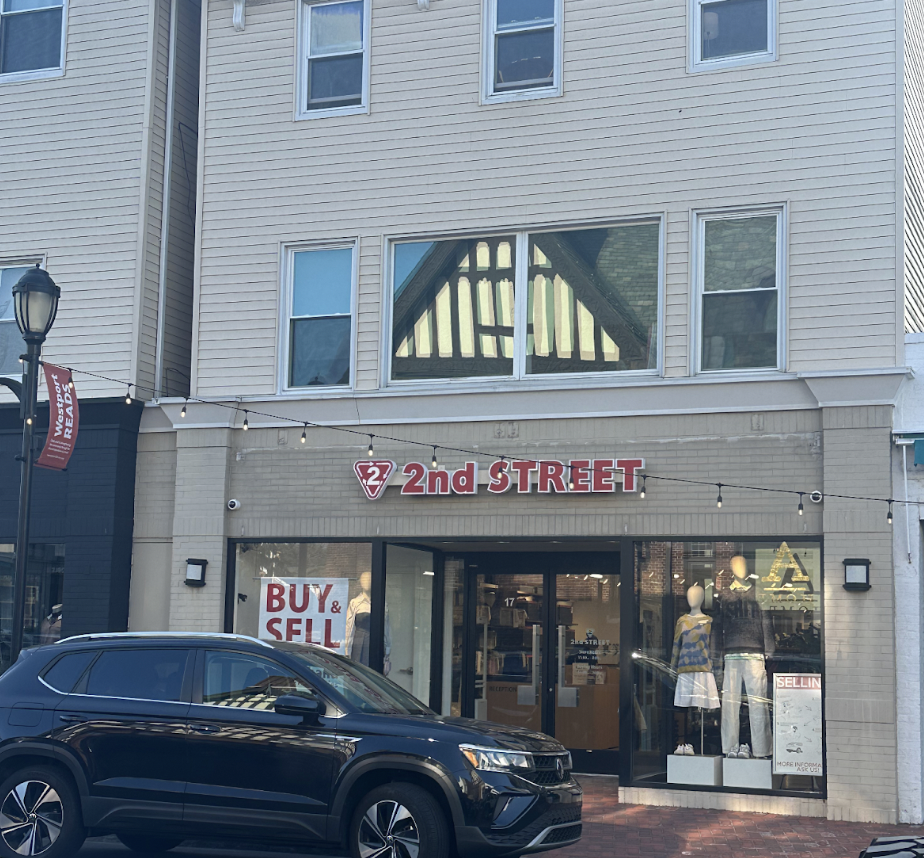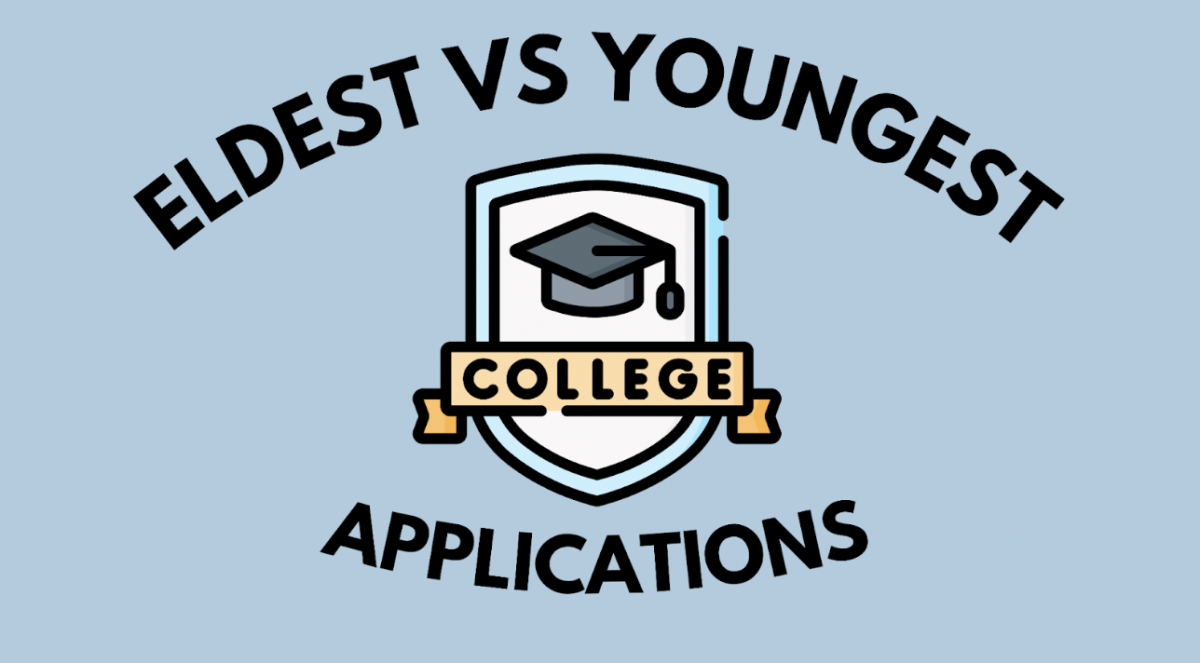The Westport 2025 initiative has a new addition: Rubicon International’s ATLAS program, which allows parents and students to view descriptions of school courses online.
“ATLAS is really about capturing the curriculum for your district,” Megan Davenport, a representative from Rubicon International and a former teacher, said.
Each course’s curriculum is organized into three categories. The first, “Enduring Understandings” details the big ideas a student takes away from the course. “Content” describes what the teacher wants students to learn and “Skills” lists the things students should be able to do as they practice the content.
The site also includes various calendars and charts to further diagram the course.
In Superintendent Elliot Landon’s proposed 2015 budget, the district plans to set aside $20,000 to “develop Atlas curriculum maps, formative assessments, curriculum revision based on CCSS and research skills.”
Amity High School, which was recently awarded a blue ribbon for academic excellence, mentioned ATLAS as a reason for their success in a New Haven Register news article this October, according to Davenport.
Davenport said that one way ATLAS can help a larger high school is by linking curriculums across grade levels and schools to ensure consistency.
“Having a curriculum mapping tool allows us to easily link each unit to Common Core State Standards, State Frameworks and the goals of Westport 2025,” Julie Droller, the Director of Elementary Education, said.
James D’Amico, the head of secondary education, echoed this point saying that the 2025 competencies were made a priority when the district decided what points of the curriculum they wanted to highlight through mapping.
Both D’Amico and Droller mentioned that ATLAS would give parents and students the ability to reference the online curriculums, giving them a clearer picture of course objectives. But that would depend on the students checking ATLAS. Some students are doubtful they actually will.
“I wouldn’t check it,” Will Hoberman ’17 said. “It will all come when it comes.”
But Kelsey McGinley ’18 said that, as a student, having the power to see what a course covers, allows the student to make an educated decision about what classes to take.
Lauren Francese, the social studies department chair, did emphasize that ATLAS is primarily about organizing Westport’s curriculum.
“It’s just sort of finding the time with teachers to make sure we are mapping it accurately,” Francese said. She is working to get the social studies’ curriculums up by December.
Time for teachers to write their curriculums has been written into professional development days, department meetings and summer curriculum time.
If the entire district meets the December deadline, the site will be up before the New England Association of Schools and Colleges’ (NEASC) evaluation, which requires that schools have a “common form curriculum,” D’Amico said.
As of now, only the elementary school curriculums are visible on the site.
According to a plan proposed in 2012, the parents should be able to see these maps by either July or August of 2015.
“We’ve been working with Atlas since the fall of 2011, when all of the department chairs were introduced to it. We did not start working with it outside of social studies and science until the 2012-13 school year,” D’Amico said. He and Droller spearheaded the ATLAS effort.
“It is our goal to have all K through 12 curricula in ATLAS, and continually keep it updated,” Droller said.













































